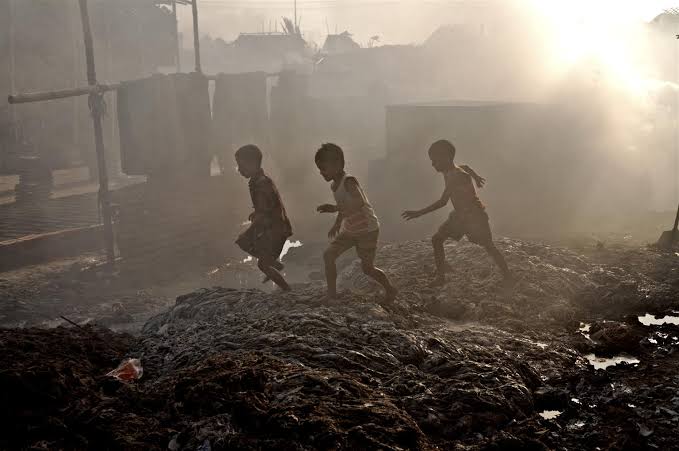
New Delhi (NVI): An estimated one in six children or 356 million worldwide, lived in extreme poverty before the coronavirus pandemic and is set to worsen significantly, the World Bank and UNICEF report said.
The recent World Bank group and UN International Children’s Fund (UNICEF) joint analysis showed that the number of children living in extreme poverty decreased moderately by 29 million between 2013 and 2017.
However, they warned that any progress made in recent years is concerningly slow-paced, unequally distributed, and at risk due to the economic impact of the COVID-19 pandemic.
“One in six children living in extreme poverty one in six children struggling to survive. These numbers alone should shock anyone. And the scale and depth of what we know about the financial hardships brought on by the pandemic are only set to make matters far worse,” said Sanjay Wijesekera, UNICEF Director of Programmes.
“Governments urgently need a children’s recovery plan to prevent countless more children and their families from reaching levels of poverty unseen for many, many years,” Wijesekera added.
Although children make up around a third of the global population, around half of the extreme poor are children. Moreover, they are more than twice as likely to be extremely poor as adults (17.5 per cent of children vs. 7.9 per cent of adults).
The youngest children are the worst off – nearly 20 per cent of all children below the age of five in the developing world live in extremely poor households. While the extreme poverty among children has not fallen as much as it has for adults and a larger share of the global poor were children in 2017, compared with that in 2013, the analysis said.
All regions of the world experienced varying levels of decline in extreme poverty among children, apart from the sub-Saharan Africa, which saw a 64 million increase in the absolute number of children struggling to survive on USD 1.90 a day, from 170 million in 2013 to 234 million in 2017, according to the Global Estimate of Children in Monetary Poverty.
Moreover, child poverty is more prevalent in fragile and conflict-affected countries, where more than 40 per cent of children live in extremely poor households, compared to nearly 15 per cent of children in other countries, the analysis said.
The analysis also noted that more than 70 per cent of children in extreme poverty live in a household where the head of the house works in agriculture.
The ongoing COVID-19 crisis will continue to disproportionately impact children, women and girls, threatening to reverse hard-won gains towards gender equality, the report predicts.
In addition to this, the great social protection measures have a crucial role to play to mitigate coping mechanisms by the poor and vulnerable in both the immediate COVID-19 response as well as the longer-term recovery.
The World Bank and UNICEF further suggested that most countries have responded to the crisis by expanding social protection programmes, particularly cash transfers. Cash transfers provide a platform for longer-term investments in human capital.
It is more important than ever for governments to scale up and adjust their social protection systems and programmes to prepare for future shocks, they added.
-RJV







